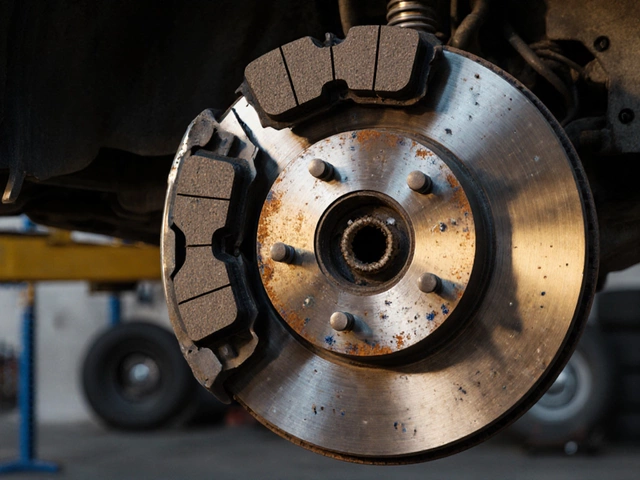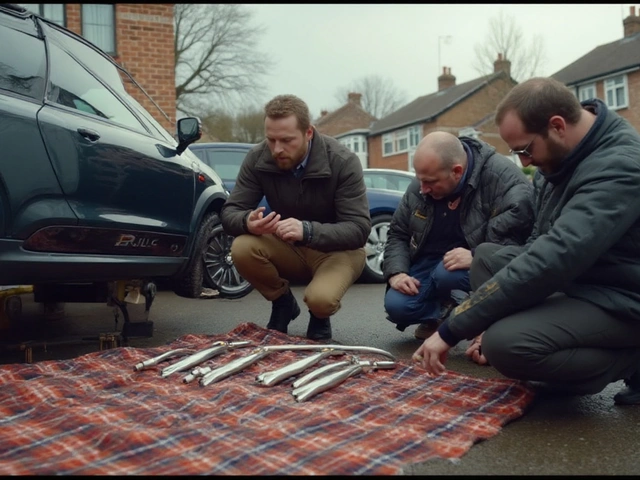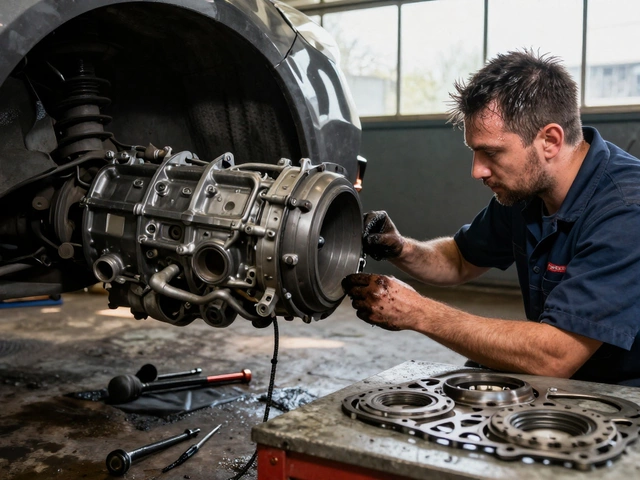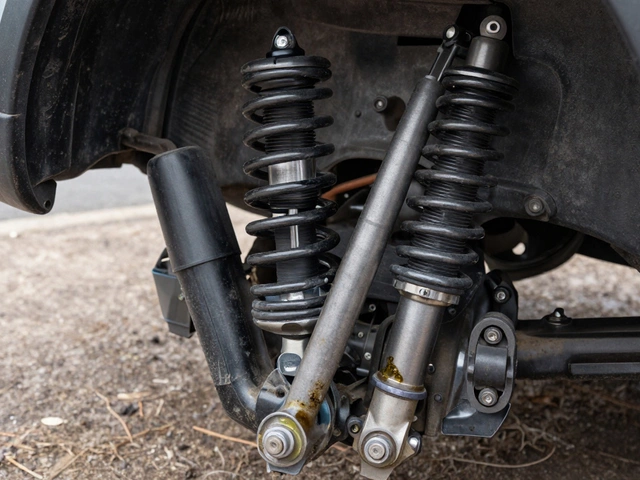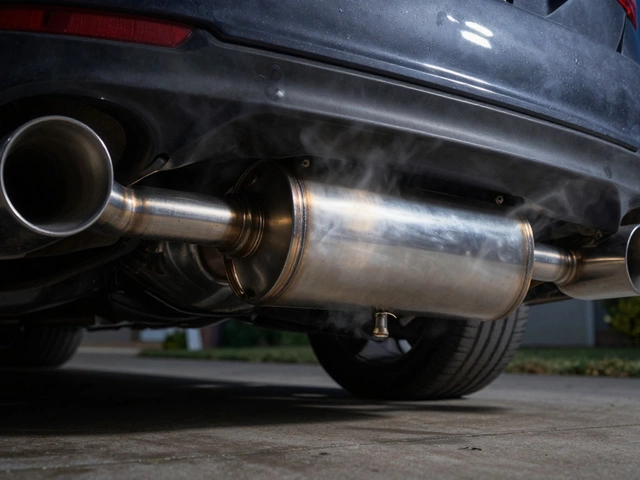Dealing with car trouble can be a real headache, right? Especially when it's something as crucial as your radiator. This unsung hero under the hood keeps your engine cool and running smoothly. So how do you know if it's on the blink?
First off, if your engine's thermometer is creeping towards the red zone, it might be more than just a hot day. An overheating engine is often a dead giveaway that there's an issue with your radiator. Keep an eye out for steam pouring out from under the hood, too. It's not always dramatic like in the movies, but it might be a sign that your radiator needs some TLC.
- Common Signs of a Bad Radiator
- Understanding Radiator Function
- Diagnosing Radiator Issues
- Prevention Tips for Radiator Care
- When to Seek Professional Help
Common Signs of a Bad Radiator
So, you're wondering if your car radiator is going bad? It might feel like a mystery, but there are some clear signs to spot. Let's dive into these indicators before they turn into costly problems.
Engine Overheating
One of the most obvious signs is an overheating engine. If you see the temperature gauge creeping up regularly, take notice. The radiator's job is to keep the engine cool, and if it can’t do it, you might be dealing with a bad radiator.
Coolant Leaks
Have you ever noticed a pool of green, orange, or yellow liquid under your parked car? That's likely coolant, and it could mean your radiator or one of its hoses is leaking. It's crucial to get this inspected early on to prevent more serious damage.
Poor Heating Performance
If your car's heater isn't getting as warm as it used to, it might be more than a chilly inconvenience. The heating system relies on hot coolant from the radiator, so a problem there could affect your cabin temperature.
Sludge in the Radiator
Open the radiator cap (only when the engine is cool) and check the coolant fluid. If it looks like sludge, it might mean rust or other contaminants have built up, preventing efficient cooling. A clean radiator is a happy radiator.
Frequent Need to Refill Coolant
If you're topping off your coolant more often than filling your gas tank, that's a red flag. Often, it points to leaks or blockages in the system. Constantly adding coolant is a temporary fix at best.
| Sign | Potential Problem |
|---|---|
| Overheating | Radiator fail |
| Coolant Leak | Leaky hose or seal |
| Cold Heater | Restricted coolant flow |
Keep an eye out for these symptoms and don’t brush them off. Catching these issues early can save you a ton of time and money down the road. Remember, a little vigilance goes a long way in car maintenance!
Understanding Radiator Function
Your car radiator is like the cooling system's bouncer, keeping things chill under the hood. But how does it actually do that? Well, it's a bit of a team effort.
First, coolant flows through the engine, absorbing heat along the way. The hot coolant then makes its way to the car radiator. Here, it passes through a series of thin metal fins, and the air that flows over these fins helps to dissipate the heat. The coolant, now cooler, heads back into the engine to start the process all over again.
Why Is This Important?
Without this constant heat exchange, your engine could overheat and get damaged. The radiator not only cools the engine but also maintains the right operating temperature for optimal performance.
Radiator Types
- Crossflow: The coolant flows sideways, allowing air through the core of the radiator.
- Downflow: Coolant travels vertically, often found in older models.
This might all seem pretty straightforward, but even a small issue in this process can cause big problems. Like any part of a machine, when one little thing goes wrong, it can throw off the whole operation.
| Radiator Type | Performance | Common Use |
|---|---|---|
| Crossflow | Efficient cooling | Modern vehicles |
| Downflow | Less efficient | Older vehicles |
Knowing how your car radiator works can help you catch problems before they escalate. So the next time your engine's feeling more sauna than chill, you'll know just what to check out.
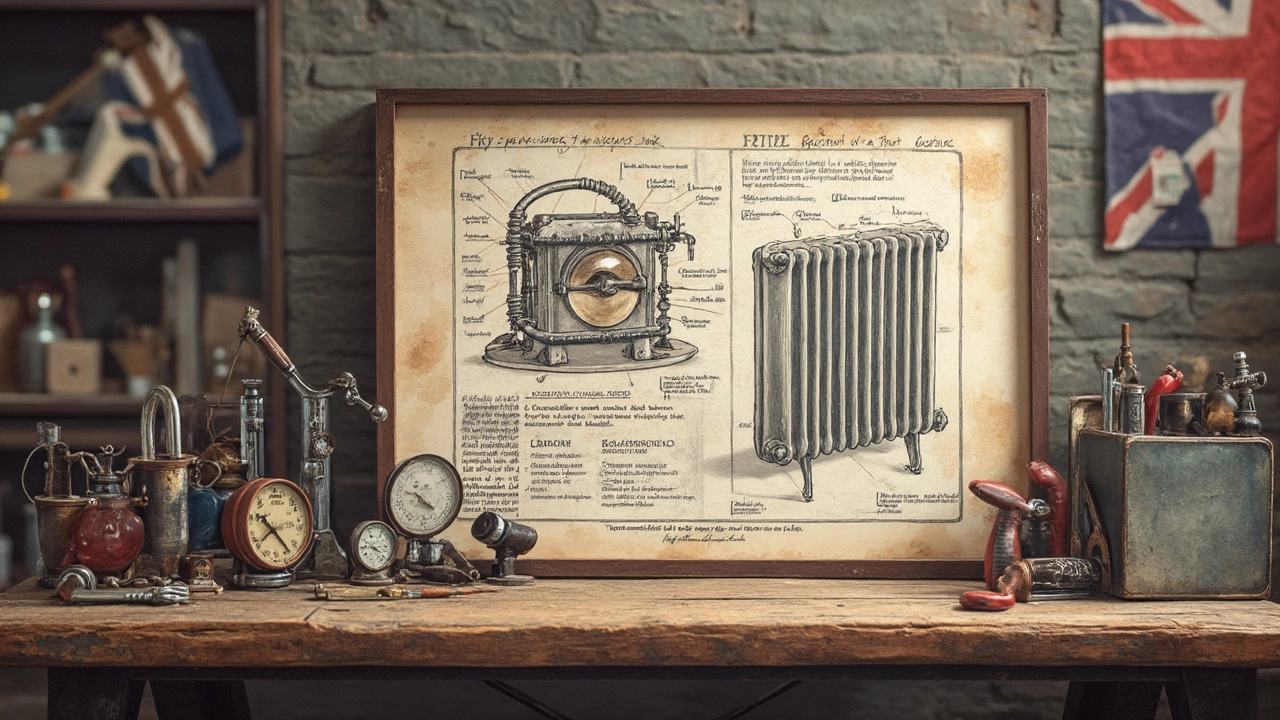
Diagnosing Radiator Issues
So, you've got a sneaky suspicion something's off with your car's radiator? Don't sweat it; we're going to break down those nagging issues.
Look for Coolant Leaks
One of the first things you should do is check for coolant leaks. Pop the hood and take a closer look. A puddle under your car or even a few drops of bright green, orange, or pink fluid can be a sign that your car radiator is leaking.
Inspect the Radiator Cap
Believe it or not, a faulty radiator cap can cause major headaches. This little guy keeps the coolant sealed tight, and if it's worn out, you might deal with pressure loss. Replace if it's not fitting snugly.
Check for Blockages
If your engine's overheating, your radiator might be clogged. Dirt, debris, or even corrosion can block the fins and reduce airflow, making your engine work harder than it should.
Test the Thermostat and Hoses
- Feel the radiator hoses when your car is running. If they're cold when the engine’s hot, your thermostat might be stuck.
- Check for bulges or cracks in the hoses. Leaks here can lead to coolant loss, causing overheating.
Use a Radiator Pressure Tester
Want to be sure? Use a radiator pressure tester to check for leaks that aren't visible. This tool helps you see if the system maintains pressure, indicating possible hidden leaks or a weak cap.
If you follow these steps and you're still unsure, don't hesitate to get a mechanic to take a look. Catching these issues early can save you a pile of cash and stress down the road!
Prevention Tips for Radiator Care
Keeping your engine cool starts with taking care of your car radiator. Maintaining it isn't rocket science—it just needs a bit of regular attention. Here’s how you can keep everything running smoothly.
Regular Coolant Checks
One of the simplest ways to ensure your radiator’s health is by checking your coolant levels. Low coolant can lead to an overheating engine, which can damage the radiator over time. Make it a habit to check your coolant levels at least once a month.
Flush the Radiator
Your radiator needs a good flush every now and then to clear out built-up dirt and debris that might cause clogs. A general rule of thumb is to flush your radiator every 30,000 miles. This process involves draining the old coolant and replacing it with fresh fluid, making sure the radiator stays efficient.
Inspect for Leaks
Puddles under your car, especially if they’re green, red, or yellow, could be a clue to a leaking radiator. Catching leaks early can save you from bigger headaches down the road. If you spot any leaks, have them fixed pronto.
Check Hoses for Wear and Tear
Radiator hoses are just as important as the radiator itself. Over time, they can crack or wear out. Get into the routine of checking these hoses for signs of aging or damage, and replace them if necessary. Catching this early can prevent any major radiator repair.
Regularly Inspect the Radiator Cap
Don’t overlook the small stuff. A faulty radiator cap can cause pressure loss, leading to overheating. Make sure the cap is secure and in good shape. If it’s old or looks damaged, replace it.
Mind the Temperature Gauge
Keep an eye on the car's temperature gauge while driving. If it frequently runs hot, you might need to address the issue before it turns into a full-blown problem.
Here's a quick look at how prevention can save you in the long run:
| Regular Maintenance | Potential Cost Savings |
|---|---|
| Monthly Coolant Check | $300 - $400 repair avoidance |
| Radiator Flush Every 30,000 Miles | Extends radiator life by years |
| Hose and Cap Inspection | Avoids sudden breakdowns |
By staying on top of these preventive measures, you’ll not only help your car’s radiator live longer but also keep your ride running without a hitch. A bit of care goes a long way in preventing costly problems.

When to Seek Professional Help
At some point, you'll need a pro to look at your car radiator. Sure, you can tackle minor glitches, but there are certain times when expert eyes and hands are needed. So, when do you really need to pick up the phone?
Persistent Overheating
If your engine keeps overheating even after addressing basic issues—like topping off coolant or checking for obvious leaks—it's a signal for professional help. Prolonged heating can cause major damage, and repairing it early can save you big bucks.
Radiator Leaks
Spotting a coolant puddle under your car isn't just about frustration over messed-up driveways. Larger leaks often mean your radiator is worn out or damaged beyond a DIY fix. Mechanics have the tools to trace and repair these issues efficiently.
Unusual Noises
Bang! Rattle! Buzz! Odd sounds from your radiator or engine are often early warning signs. Getting these noises checked can prevent minor issues from turning into costly nightmares.
"Ignoring radiator problems always leads to more expensive repairs down the line, so catching them early is key," says Sarah Thompson, expert mechanic at AutoPro Services.
Corroded or Clogged Radiator
Check your radiator for signs of corrosion or blockage. Rust or sludge buildup can block the flow of coolant, leading to overheating. A professional flush and inspection might be necessary to ensure effective operation.
Lastly, listen to your gut. If something seems off and you've tried everything within reason, call a professional. They can provide the expertise and assurance needed to keep your ride safe and smooth. Remember, it's a small price to pay compared to a full engine replacement!


